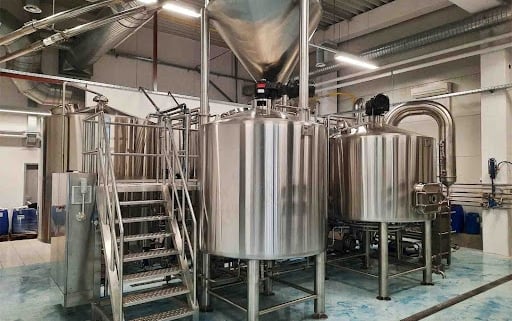The Best Automatic Brewing Systems for Home and Commercial Use in 2025
Introduce the Concept of Automatic Brewing System
Let’s face it, brewing beer sounds like a cool hobby, but when you dig into the process, it can feel overwhelming. From measuring ingredients to timing every step, it’s like managing a science experiment with a tasty reward at the end. But what if I told you there’s a way to make this whole process nearly effortless? Enter the automatic brewing system. Think of it like having a personal robot brewer that handles all the tedious work while you enjoy the fun parts like tasting and tweaking flavors. These systems are transforming how both beginners and pros craft their beers, bringing convenience, consistency, and a bit of high-tech flair to the age-old art of brewing.

What is an Automatic Brewing System?
So, what exactly is an automatic brewing system? In simple terms, it’s a brewing machine that automates most, if not all, of the beer-making process. Traditional brewing requires a lot of manual labor: heating water, adding grains, monitoring temperatures, transferring liquids, and cleaning. But an automatic brewing system simplifies all this with pre-programmed steps and precise controls. Imagine setting it up, pressing a few buttons, and letting it do its thing while you go binge-watch your favorite show. These systems usually include integrated heating elements, pumps, timers, and sometimes even built-in cleaning cycles. They are designed to produce high-quality beer with minimal manual intervention, making them perfect for home brewers who want pro-level results without the steep learning curve.
Benefits of Using an Automatic Brewing System
Why are so many people switching to automatic brewing systems? Let me break it down for you. First, consistency is king. Unlike manual brewing where one tiny mistake can ruin an entire batch, automatic systems deliver precise temperature and timing controls. It’s like having a master brewer overseeing every step.
Then there’s the time-saving advantage. Manual brewing can take up your entire day. But with an automatic system, most of the process is hands-off. You set it up and let it work in the background.
Also, let’s talk about space-saving designs. Many of these systems are compact, making them ideal for home brewers with limited space. Some even come with sleek, modern aesthetics that look good sitting on your countertop.
And don’t forget the educational perks. For beginners, it’s a great way to learn brewing fundamentals without being overwhelmed. You can gradually take manual control as you get more comfortable.
Finally, cleaning made easy. Many automatic brewing systems come with self-cleaning features or easy-to-disassemble parts, which is a huge relief because, let’s be honest, cleaning up after brewing is no fun.


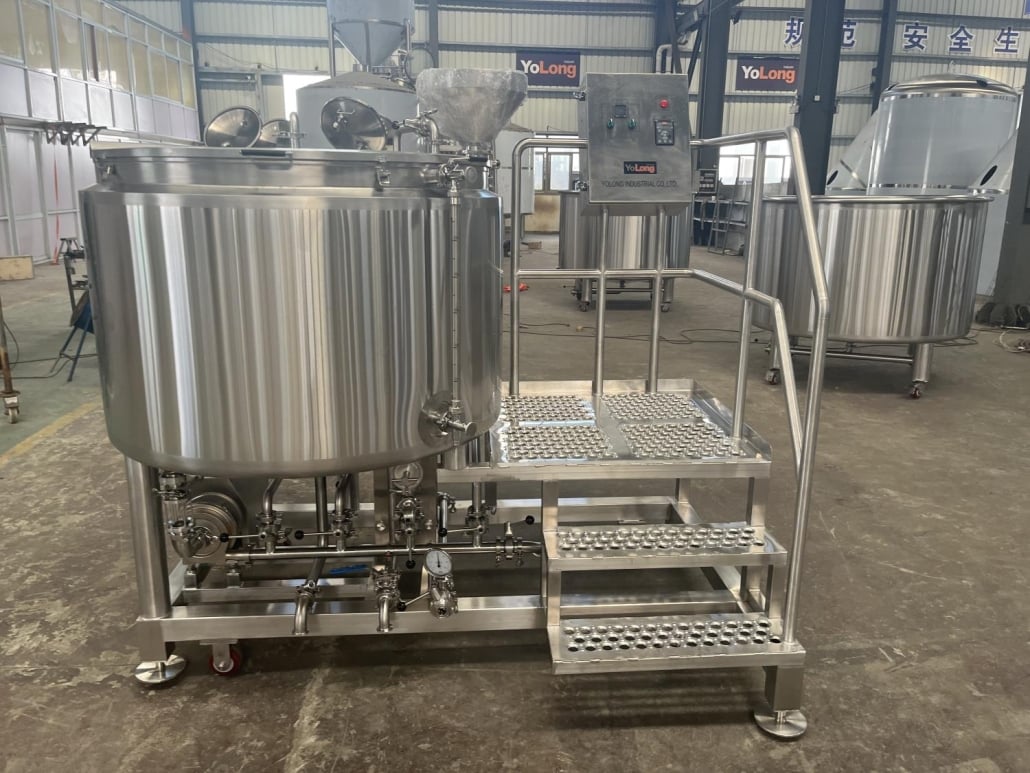
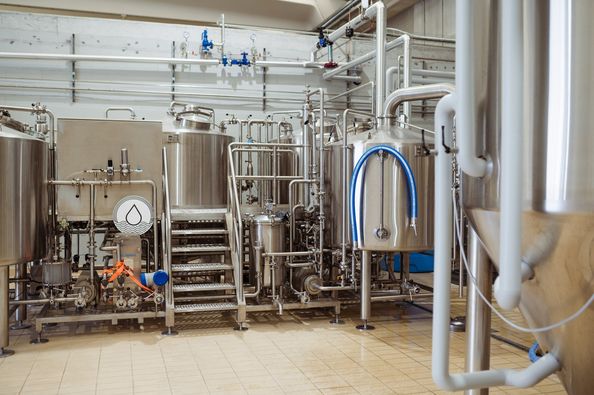
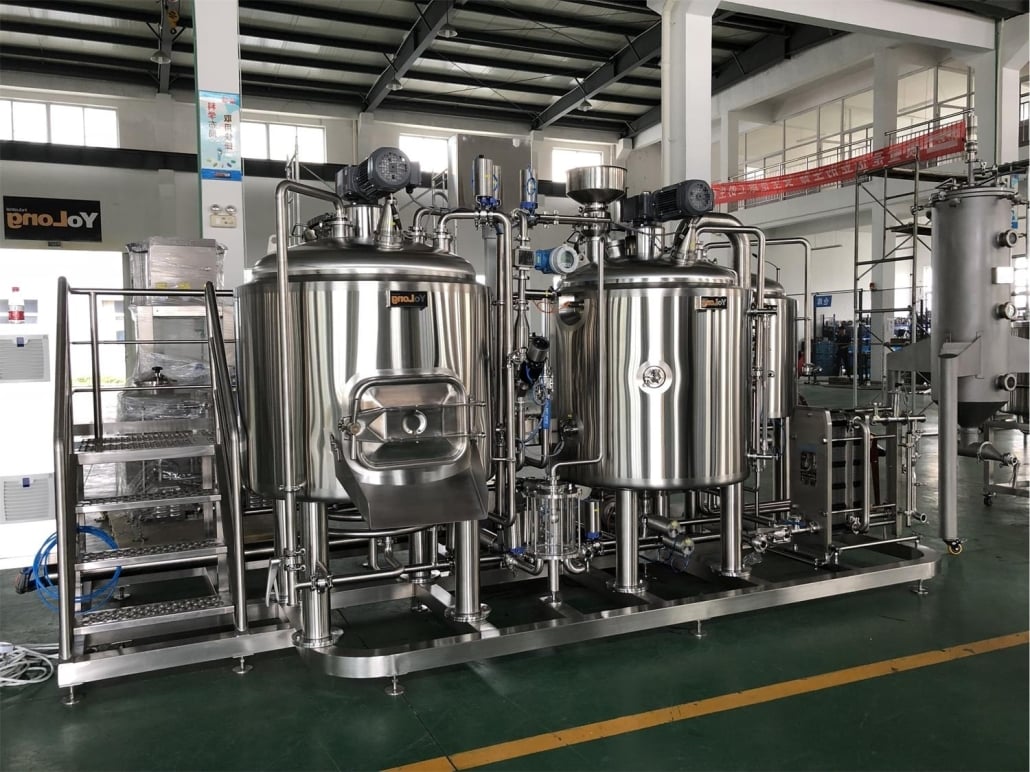
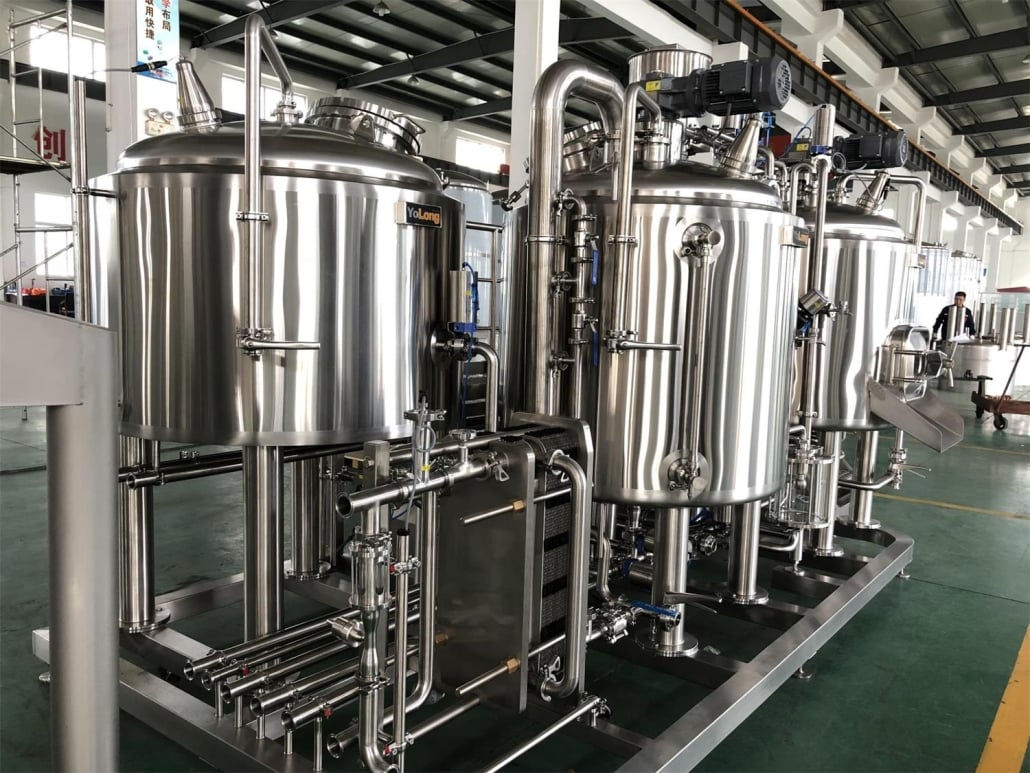
How Does an Automatic Brewing System Work?
Understanding how an automatic brewing system works is kind of like peeling back the curtain on your favorite magic trick. Here’s what typically happens:
You start by adding water and ingredients into the brewing chamber. Once you set your desired recipe or select a preset, the system takes over. It heats the water to precise temperatures, manages the mashing process (where grains break down into fermentable sugars), and automatically transitions to the boiling phase.
During the boil, the system times when to add hops and manages stirring. After boiling, the wort (unfermented beer) is quickly cooled, often using built-in chilling components. Some advanced models even pump the cooled wort directly into a fermentation vessel.
The entire process is controlled by sensors and microprocessors, which means the system makes real-time adjustments for temperature, timing, and flow rates. It’s like having a digital brewmaster ensuring your beer turns out just right.
Types of Automatic Brewing Systems
There isn’t a one-size-fits-all automatic brewing system. Let’s explore the most common types and see how they stack up against each other.
1. All-in-One Brewing Systems
These are the Swiss Army knives of home brewing. Everything happens in a single unit — heating, mashing, boiling, and sometimes fermentation. Compared to traditional setups, they are compact, easier to clean, and perfect for small spaces. However, they might have smaller batch size limits.
2. Semi-Automatic Brewing Systems
Semi-automatic systems give you some automation but still require manual steps like transferring wort or adding hops. They offer more flexibility for those who want to tinker and experiment but still save time on tedious parts. They are typically less expensive than fully automated systems but might require more attention during brewing.
3. Fully Automatic Brewing Systems
This is the luxury option. Fully automatic systems handle everything from start to finish, sometimes even cleaning themselves. They can produce large batches consistently and are often used by small breweries or passionate home brewers with bigger budgets. They tend to be more expensive but deliver maximum convenience.
Key Features to Consider in an Automatic Brewing System
Choosing the right automatic brewing system can feel like shopping for a car. There are so many bells and whistles! Here are some key features to keep in mind:
Capacity: Are you brewing for yourself or for a group of friends? Systems range from small one-gallon setups to large 10+ gallon capacities. Bigger isn’t always better if you’re limited on space or only brewing for personal use.
Automation Level: Do you want full automation or some manual steps? Fully automatic systems are pricier but more convenient, while semi-automatic ones give you more control and room for customization.
Temperature Control: Precision is critical in brewing. Look for systems that offer tight temperature controls with minimal fluctuation.
Integrated Cleaning: Trust me, you’ll thank yourself later if you get a system with self-cleaning features or at least easy-to-clean components.
Recipe Customization: Some systems allow you to upload, adjust, or save your own recipes. This is great if you plan to experiment with different beer styles.
Build Quality: Stainless steel systems tend to be more durable and provide better heat retention compared to plastic models.
User Interface: Touchscreens, app integration, and Wi-Fi control can make the brewing experience smoother and more interactive.
Automatic Brewing Systems for Home vs. Commercial Use
So, should you go for a home or commercial brewing system? Let’s dive into that showdown.
Home Automatic Brewing Systems are designed for small batch brewing, typically 1 to 5 gallons. They prioritize compact size, affordability, and user-friendly interfaces. Home systems often focus on pre-set recipes and easy cleaning. They’re perfect if you’re brewing as a hobby or for family and friends.
On the other hand, Commercial Automatic Brewing Systems mean business. These machines can handle batch sizes of 10 gallons or more and are built for heavy-duty, continuous use. They often come with advanced software for precise control and integration with inventory management systems. Of course, they’re bigger, more expensive, and require more space and technical know-how to operate.
Home systems are better for casual brewers who want convenience without the need to produce beer in bulk. Commercial systems, compared to home setups, are faster, stronger, and far more robust but come with higher price tags and maintenance requirements. It’s like comparing a home coffee machine to a professional espresso maker — they both make coffee, but they serve very different audiences.
Comparison of Home vs. Commercial Automatic Brewing Systems
| Feature | Home Brewing Systems | Commercial Brewing Systems |
|---|---|---|
| Batch Size | 1 to 5 gallons | 10+ gallons |
| Price Range | $400 – $3,000 | $5,000 – $50,000+ |
| Space Requirement | Countertop or small footprint | Dedicated brewing space |
| Automation Level | Semi to fully automatic | Fully automatic with advanced software |
| Cleaning | Easy-to-clean, some self-cleaning | CIP (Clean-In-Place) systems |
| User Skill Level | Beginner to intermediate | Advanced, often requires training |
| Customization | Basic to moderate recipe control | Extensive recipe and process customization |
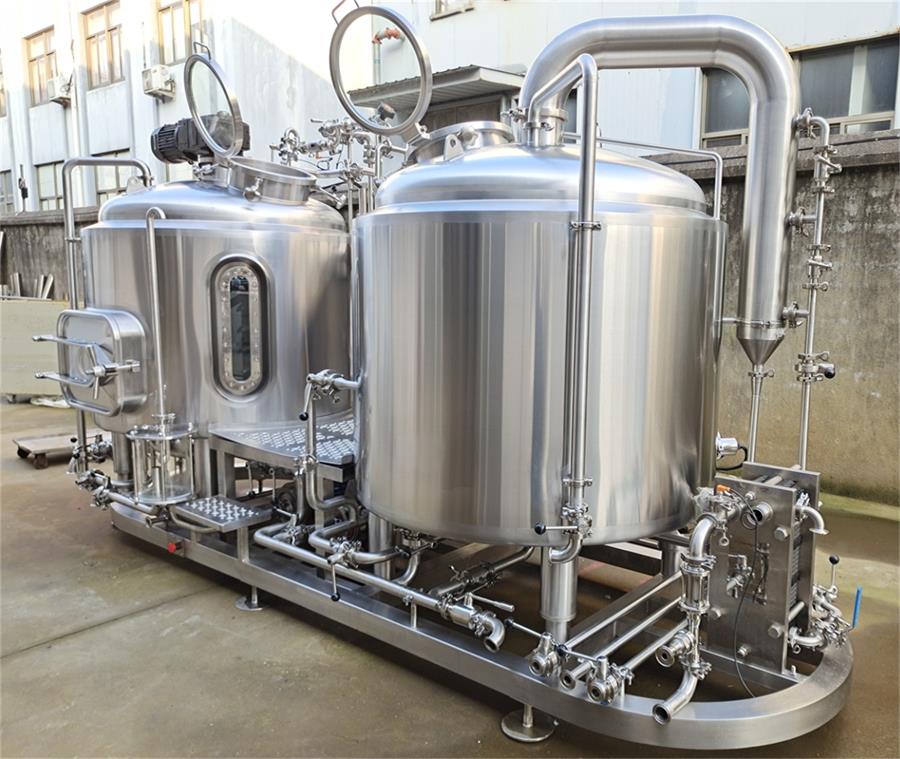
FAQ
| Question | Answer |
|---|---|
| What is the main advantage of an automatic brewing system? | It saves time and ensures consistency by automating key brewing steps. |
| Can beginners use automatic brewing systems? | Absolutely! Many systems are designed for beginners with simple interfaces and preset recipes. |
| How much does a typical home automatic brewing system cost? | Prices generally range from $400 to $3,000 depending on features and capacity. |
| Are automatic brewing systems hard to clean? | Many models feature easy-to-clean designs or even self-cleaning functions, making cleanup a breeze. |
| Can I create my own beer recipes? | Yes, most advanced systems allow you to customize and save your own recipes. |
| What’s the difference between semi-automatic and fully automatic brewing systems? | Semi-automatic systems require some manual steps, while fully automatic systems handle the entire brewing process, including cleaning in some cases. |
| Do commercial brewing systems require special training? | Typically, yes. Commercial systems are more complex and may need professional knowledge to operate efficiently. |
| Is it worth investing in a fully automatic system for home use? | If you brew often and value convenience, it can be a worthwhile investment. Otherwise, a semi-automatic system might be more budget-friendly. |

